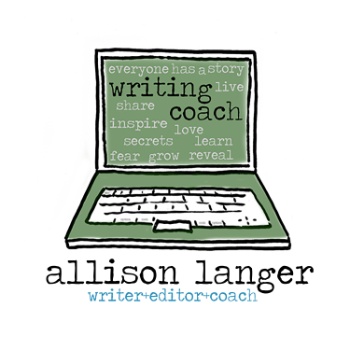Gavin Byrd--SMU
When I picked up the guitar five years ago, I had no idea how many distinct sounds could come from one instrument. From John Mayer’s velvety smooth tones to Black Sabbath’s bendy distorted sounds, the guitar’s range is quite wide. Yet, it isn’t the guitar itself that makes this possible; it is the pedalboard - an extension to the electric guitar that opens the door to endless possibilities. In many ways, the pedalboard reminds me of myself.
Perhaps the pedal that most accurately describes my life is “distortion.” When a guitarist uses distortion, his objective is to make a statement beyond the usual function of a guitar. A distortion means, listen to this, it is loud, it makes people try harder to hear lyrics.
On the last morning of Woodstock ‘69, Jimi Hendrix walked on stage and played a distorted version of the Star-Spangled Banner. The way he played with solemnity and reverence still reverberates today.
Hendrix’s distortion reminds me of the lunch table in high school, the loud and obnoxious sounds of kids having fun. We argue over each other, and our laughter becomes distorted. This pedal also reminds me of how I feel on the lacrosse field. The aggressive and physical style of play as a lacrosse defender, can be distorted by the screams and roars from the passionate crowd in the stands. This is the way we bond, get to know each other, and become like family.
Distortion is by no means my default pedal. When I’m stressed and want to unwind, I wait for sunset and then head out to the backyard with my guitar, my amp, and of course, my pedalboard. Some nights, I play for hours, no phones, no electronics, just my bloody fingers. The pinks, blues, and purples in the sky inspire feelings of an eternal summer, of taking in the tropical sky. For moments like these, the opposite pedal of distortion, “the reverb,” offers a brilliant soundtrack to the natural beauty of this curious piece of America. The melody has a funk to it and conjures up the sounds of street bands and sandals.
When I play, the aspect that keeps me engaged is the personal touch. John Mayer once said, “You shouldn’t cover a song unless you take it somewhere else or add new ground to it because it can be like standing in front of a mirror with a costume that someone else made.” That’s what the pedalboard is all about. As I add my own touch, I begin to discover my passions and preferences. Music is so subjective that some people may even like my costume more. I like my costume more.
I started using “the reverb” because it was such a familiar feel. It captures much of the “go with the flow” feeling I’ve grown up with. It balances the feelings of hustle and beauty, two feelings that tend to contrast but connect in me.
Like the pedalboard, I live on the outskirts of different types of experiences. I live in Miami, so one day I’m eating arroz con pollo at my Cuban friend’s house, the next day I am playing lacrosse with my friends from Connecticut, and the week ends with a Shabbat dinner at my cousins’ house. I’m a uniform collective, a dizzying mosaic of clashing cultures and personalities. Sliding in and out of such different environments is second nature to me now.
The pedalboard allows me to choose a pedal to mimic my mood. The pedalboard lets me turn a benign chord into something colorful and full of life. If it weren’t for my love for guitar, and the time I spend creating and learning the process, I wouldn’t be walking into the next chapter of my life with a figurative pedalboard under my arm.
